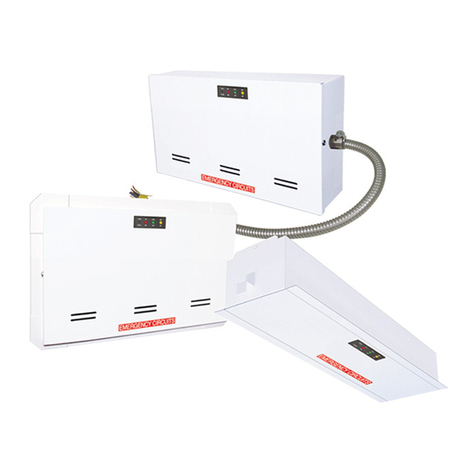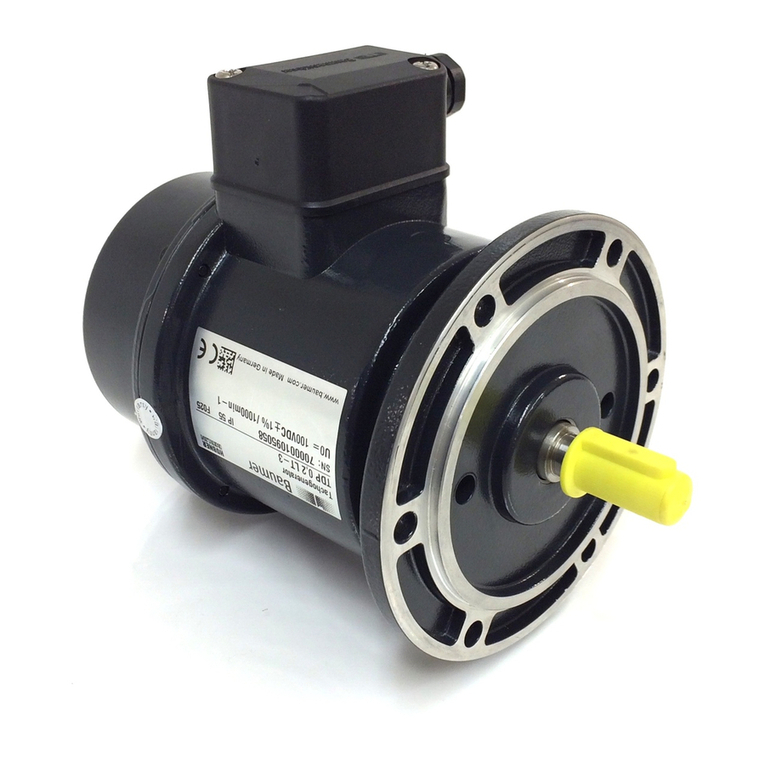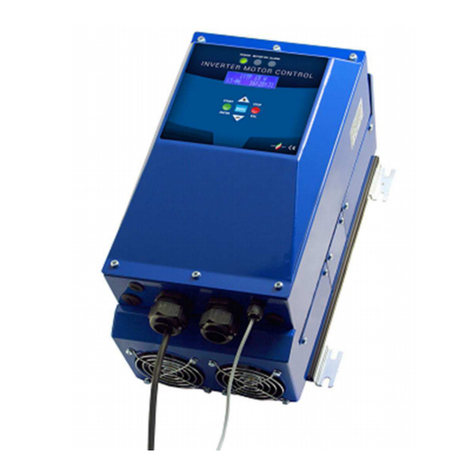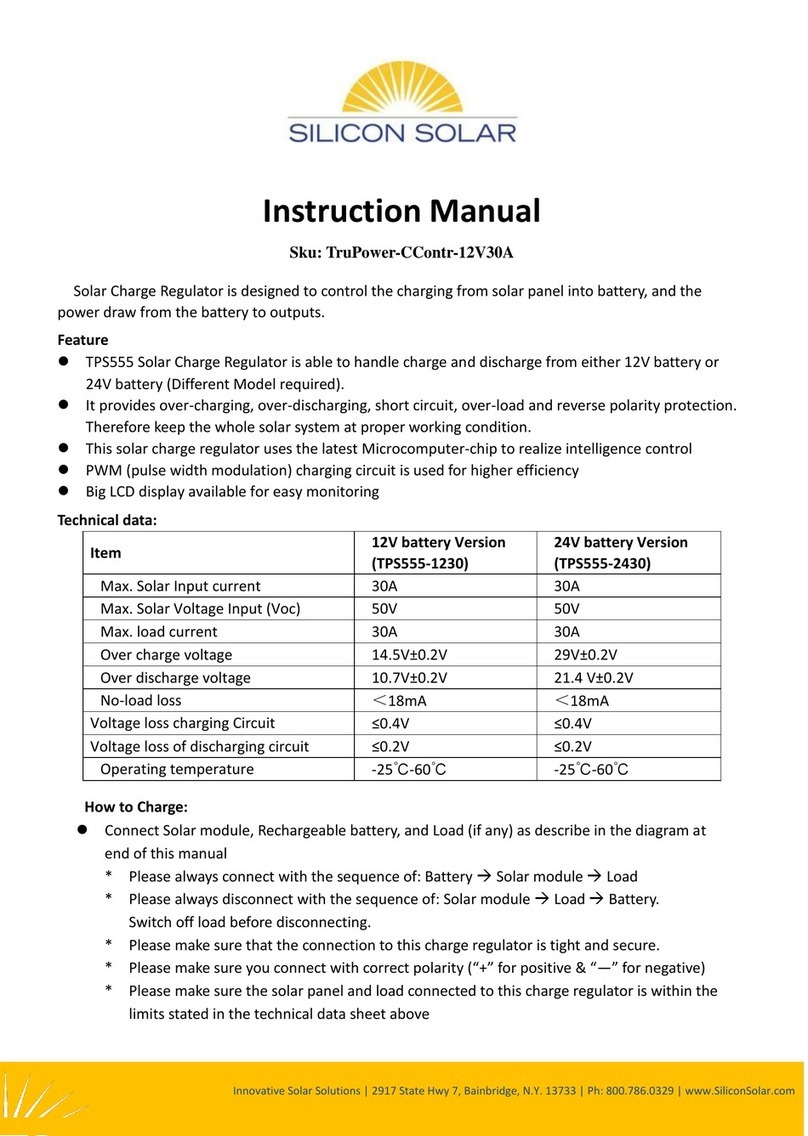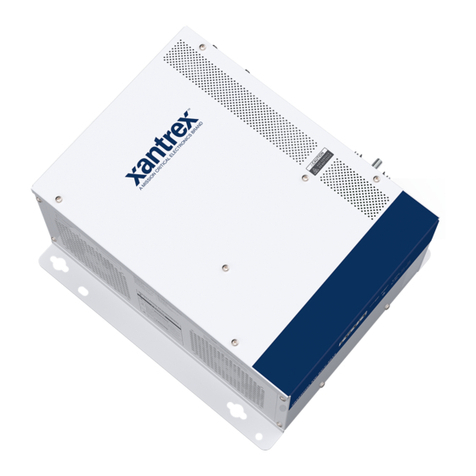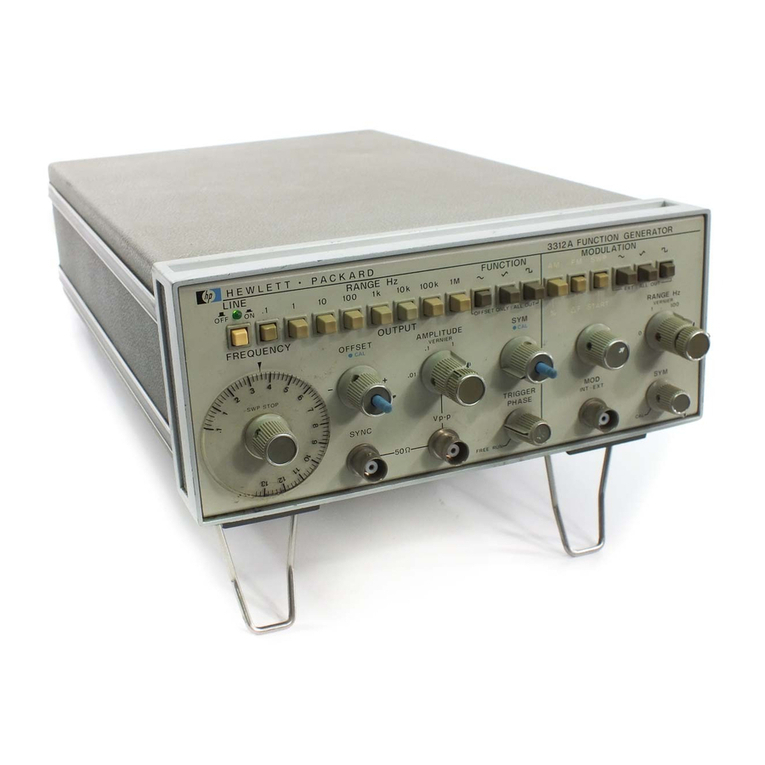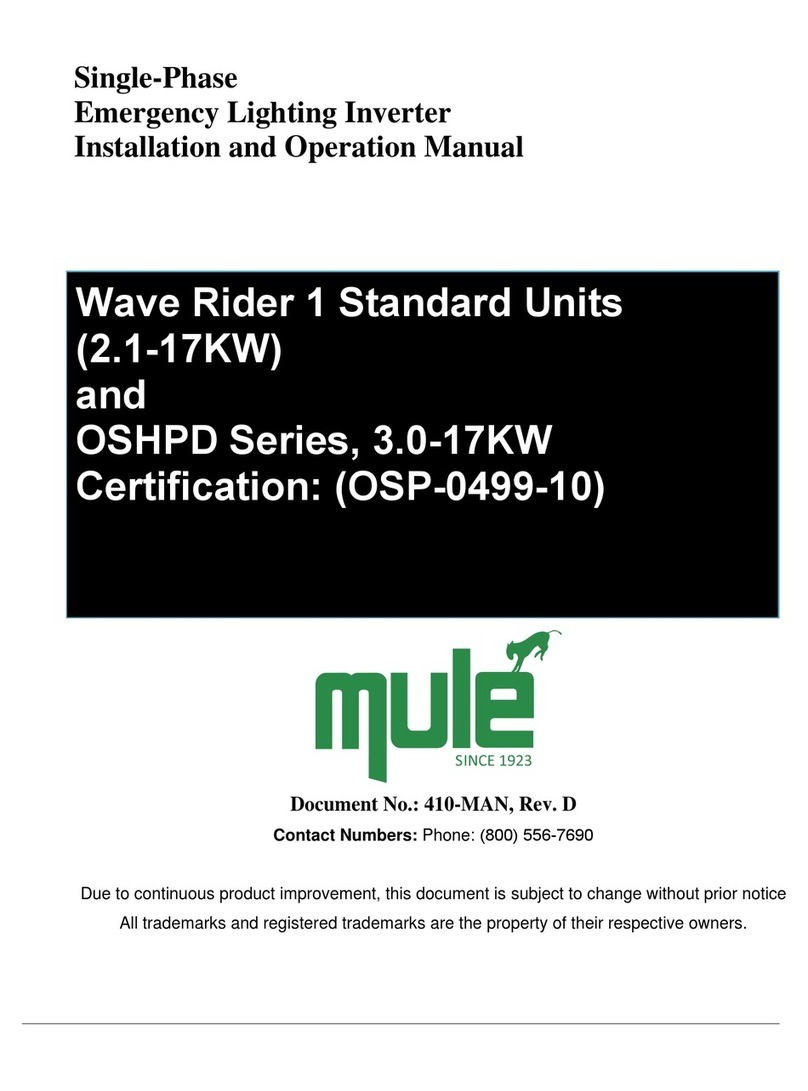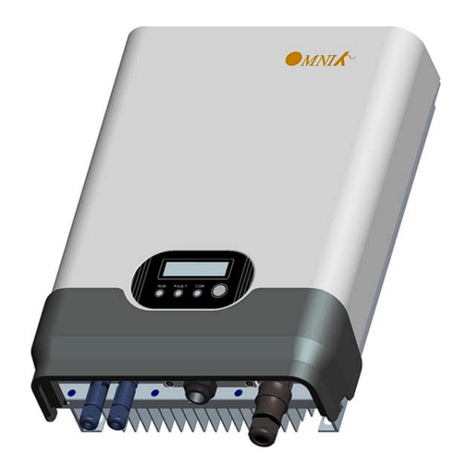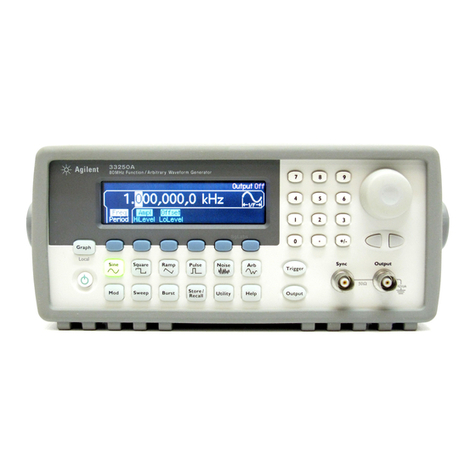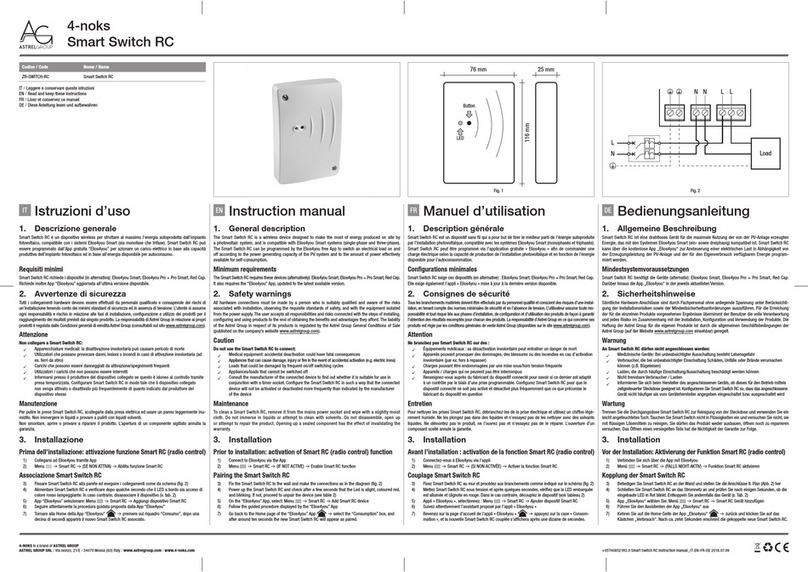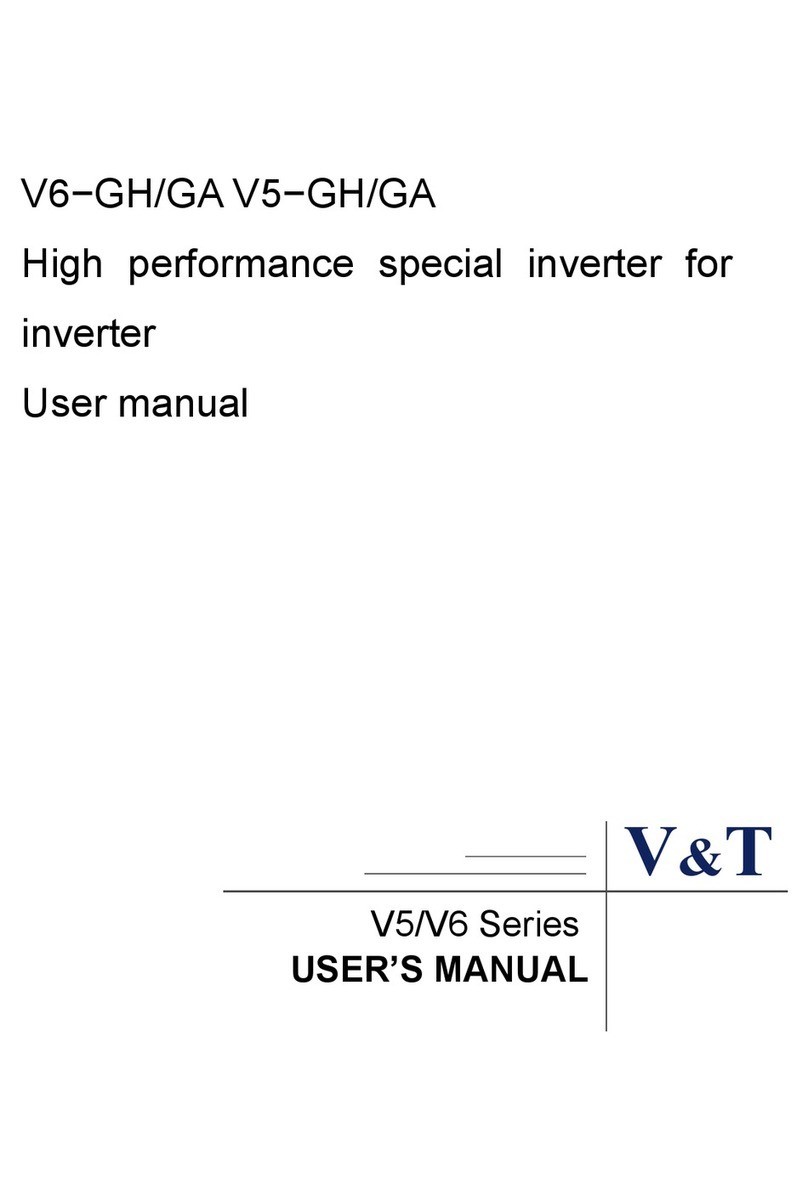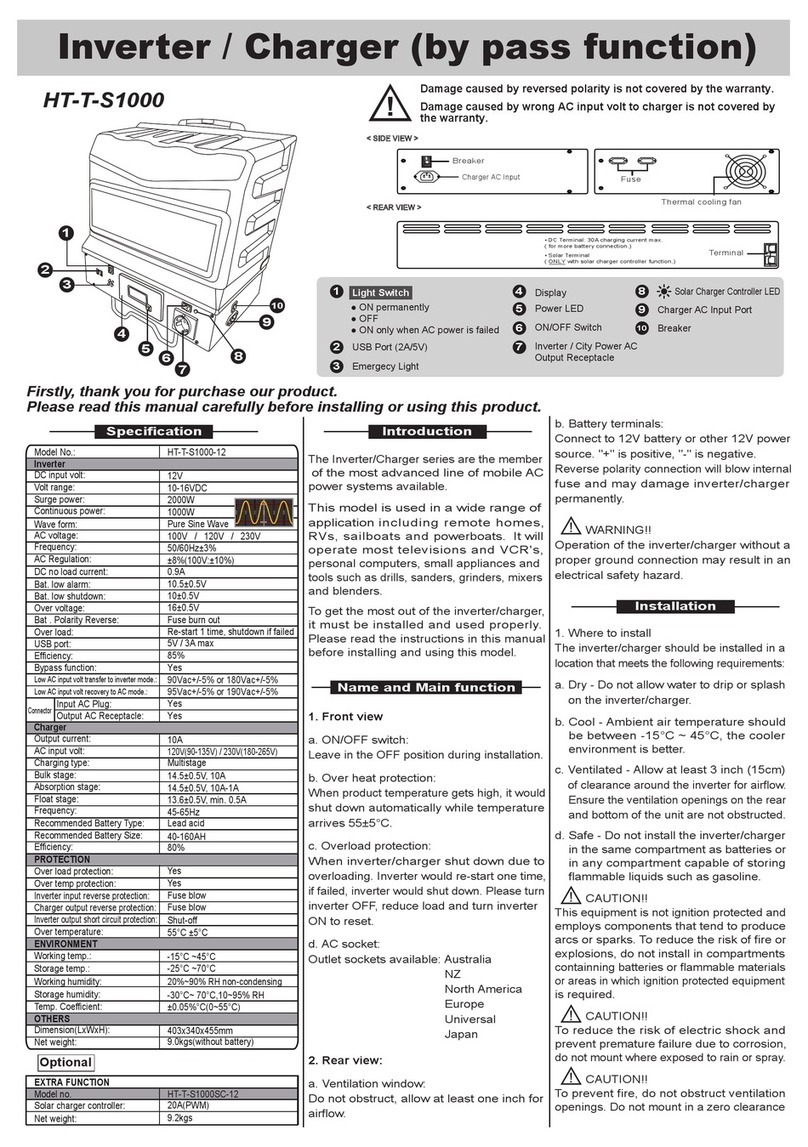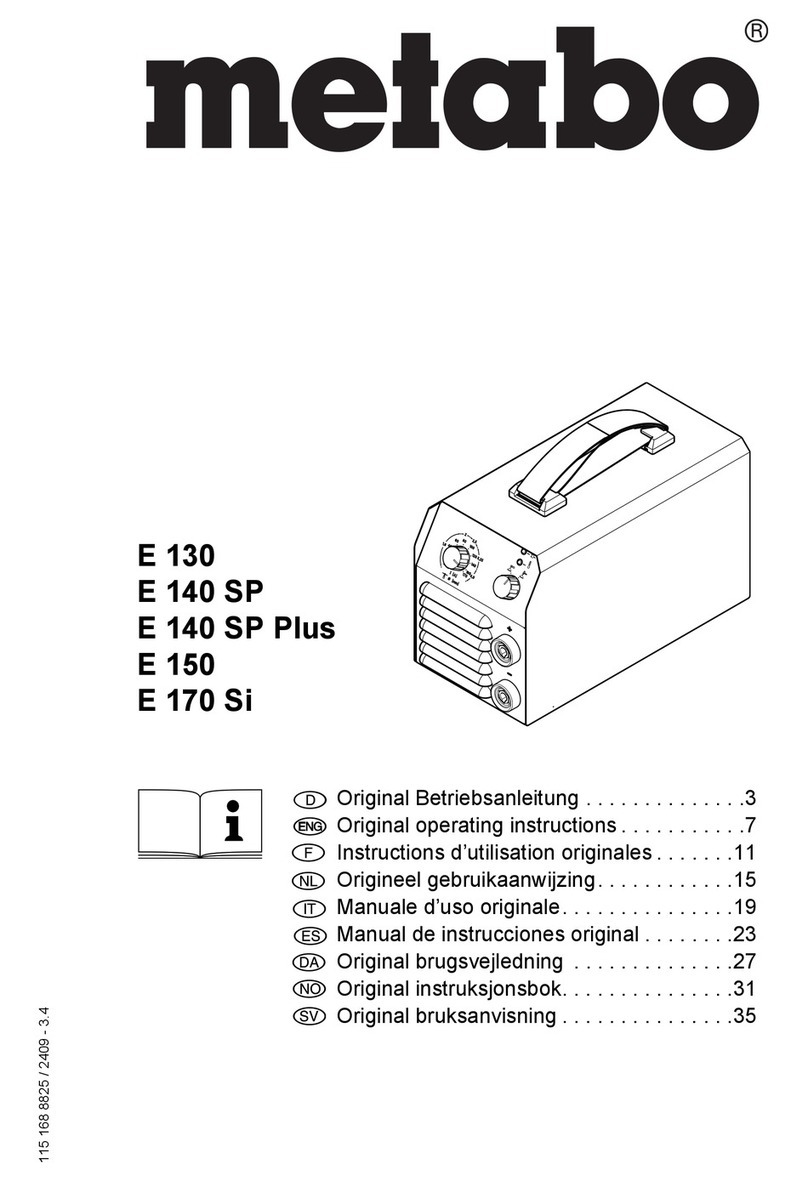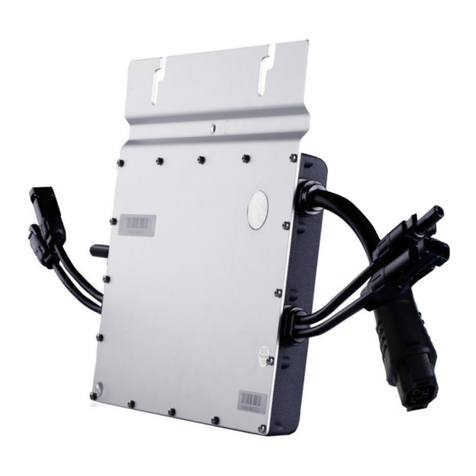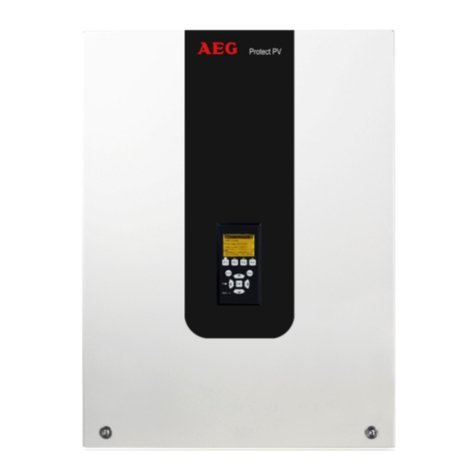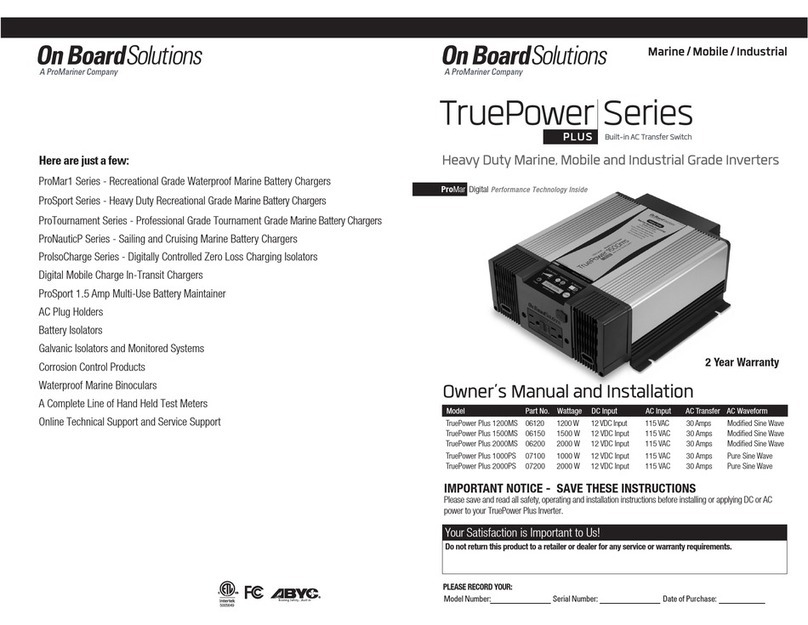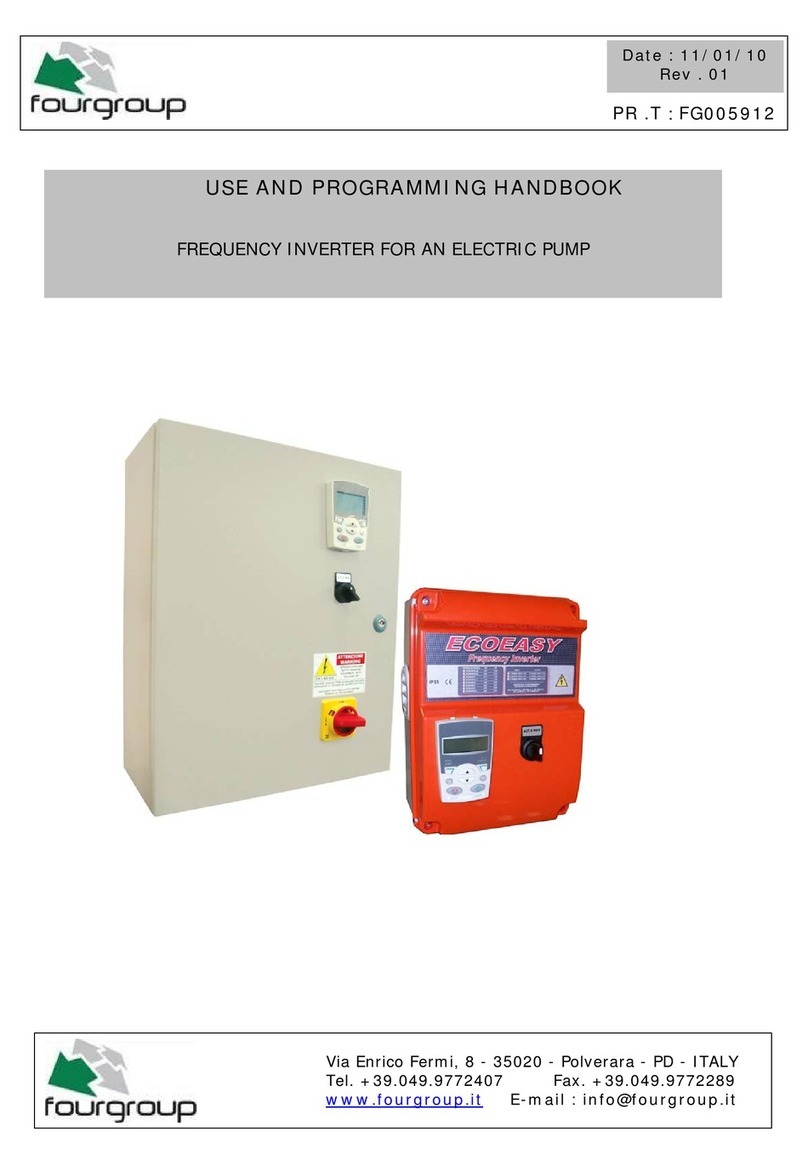
5.
102. Receiving, Moving and Storing Systems and Batteries
102.1 Shipping Damage
Inverter system batteries are shipped separately.
Carefully inspect all cartons upon receipt for evidence of shipping damage.
Notify carrier immediately of leaking or damaged cartons for possible concealed damage.
102.2 Temporary Storage of Units and Batteries
For temporary storage of LPS inverter systems and batteries prior to installation, select a clean, cool,
dry location with normal ventilation for human habitation and level floors.
Storage Temperature:
Store all batteries at 0° to +40° C (32° to +104° F). Batteries will have a longer shelf life if stored at 15°
C (60° F). The LPS electronics and battery cabinets may be stored at -20° to +60° C (-4° to +140° F).
IMPORTANT:
Lengthy storage of batteries will cause irreversible damage to the cells.
Failure to connect LPS inverter system batteries to an energized charging circuit within 90 days from
the date of shipment will void the battery warranty.
DANGER: Explosive - Can Cause Blindness Or Other Severe Injuries
Every type of battery can produce hydrogen gas, even sealed, maintenance-free batteries. The gas is
vented through the vent caps and into the air. Do not allow smoking, sparks, or flames in battery
storage location because hydrogen is concentrated under the vent cap of each cell of the battery.
Hydrogen is highly explosive, and is hard to detect because it is colorless, odorless, and lighter than
air.
103. Installation Requirements
103.1 Operating Environment
Install the LPS inverter system in a clean, cool, dry place with normal ventilation for human habitation
and in such a location to hamper vandalism but allow easy access for testing and maintenance.
Operating Temperature:
LPS inverter Systems are UL Listed for 20° to 30° C (+ 68° to +86° F) operation.
Battery performance and service life is maximized if the operating temperature is maintained at 25° C
(77° F).
Temperature Effect On Lead Calcium Battery Performance:
Lead Calcium batteries will be less efficient at temperatures below 20° C (68° F), and high tempera-
tures will reduce battery life. Typically, at 35° C (95° F), battery life will be half of what it would be at
normal temperature of 25° C (77° F). At 45° C (113° F), battery life will be one-fourth of normal.
Ventilation:
The air around the unit must be clean, dust-free, and free of corrosive chemicals or other contami-
nants. Do not place the LPS inverter system or batteries in a sealed room or container.
CAUTION: Never Install Batteries in A Sealed Room Or Enclosure
103.2 High Altitude Operation:
The maximum operating temperature drops 1° Celsius per 300 meters (2° F per 1000 feet) above sea
level. Maximum elevation is 3000 meters (10,000 feet).
104. Cabinet Mounting
104.1 Tools Required
The following tools are required to install the system:
Socket Set, Phillips Screwdriver, Diagonal Wire Cutters, Long Nose Pliers, Electrical Tape, Digital
Volt-Ohm Meter, Safety Glasses with Side Shields, Small Punch (knockout removal), Hammer,
Electric Drill, Wood or Masonry Bits, Level.
